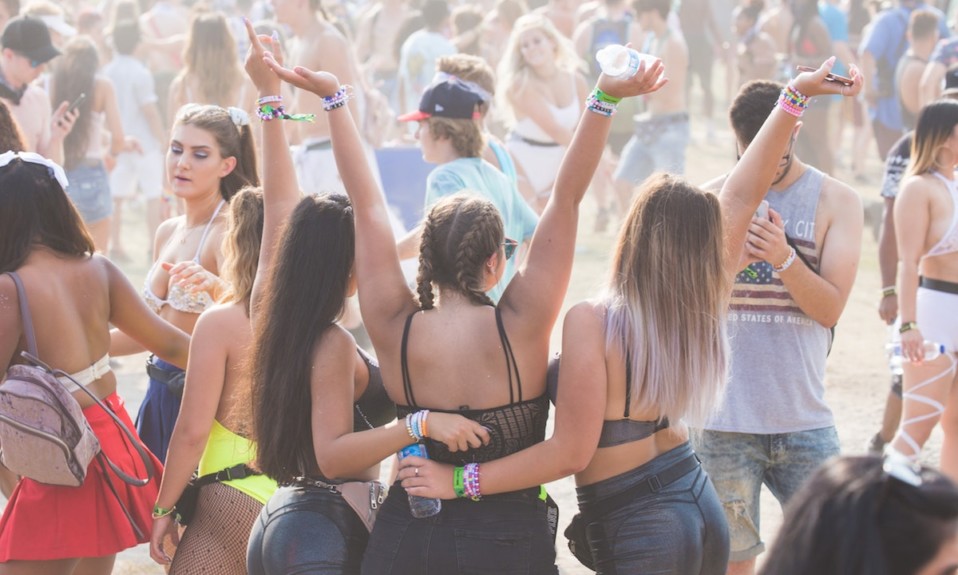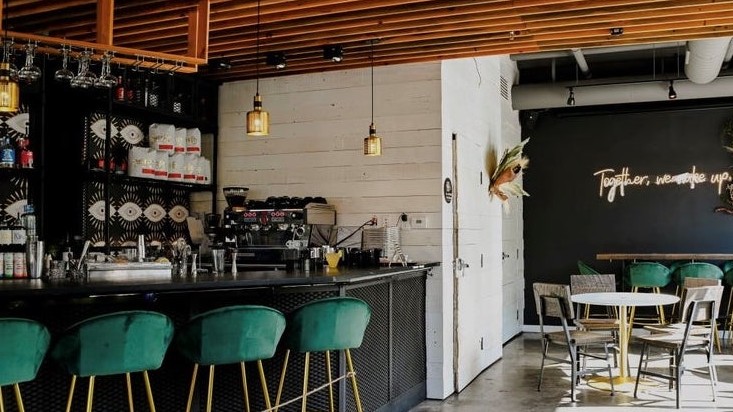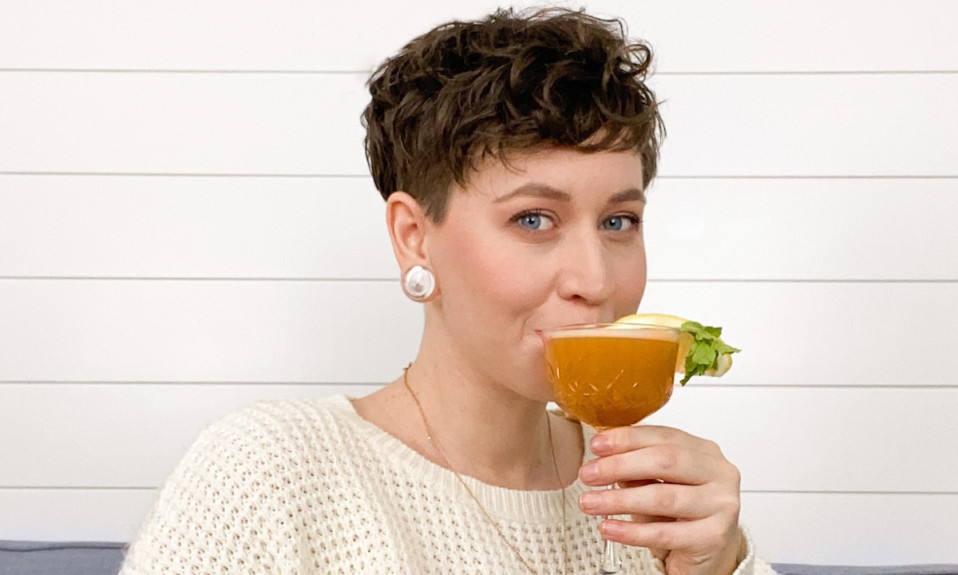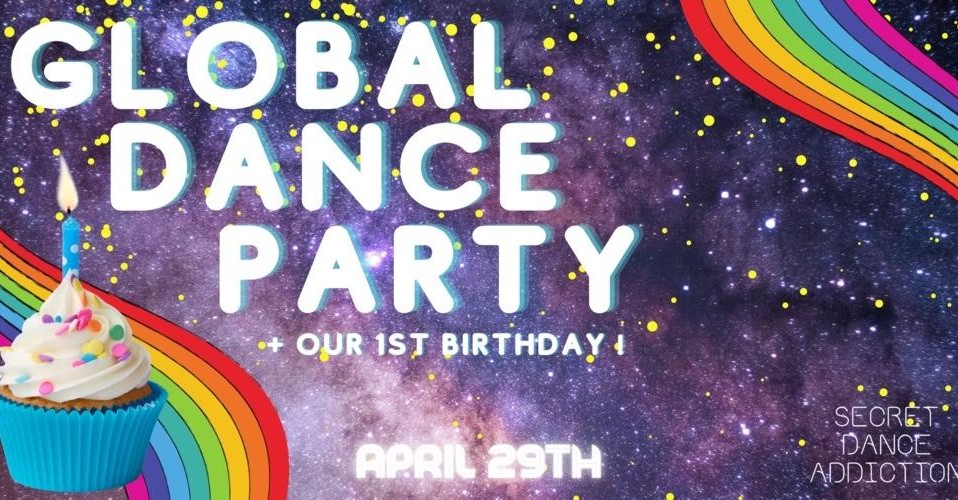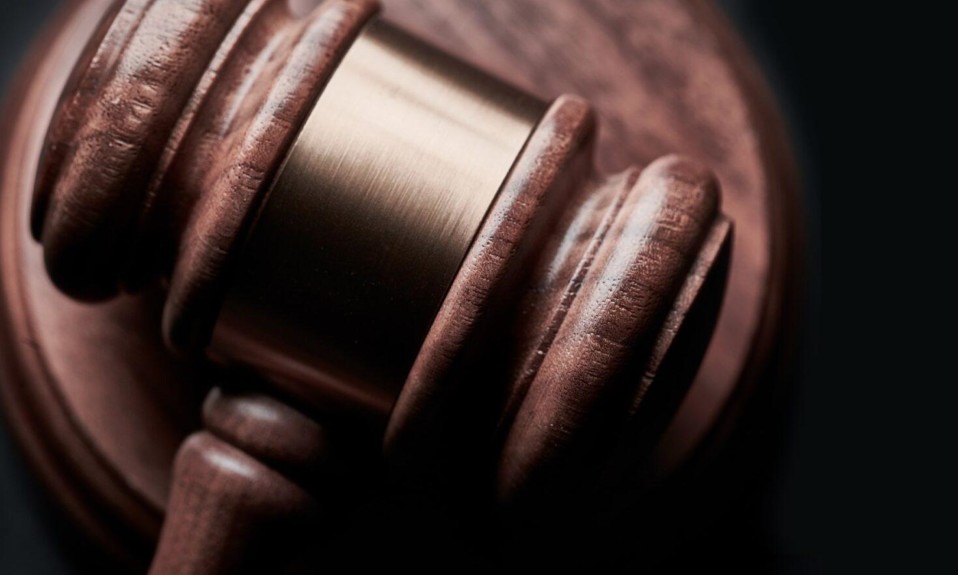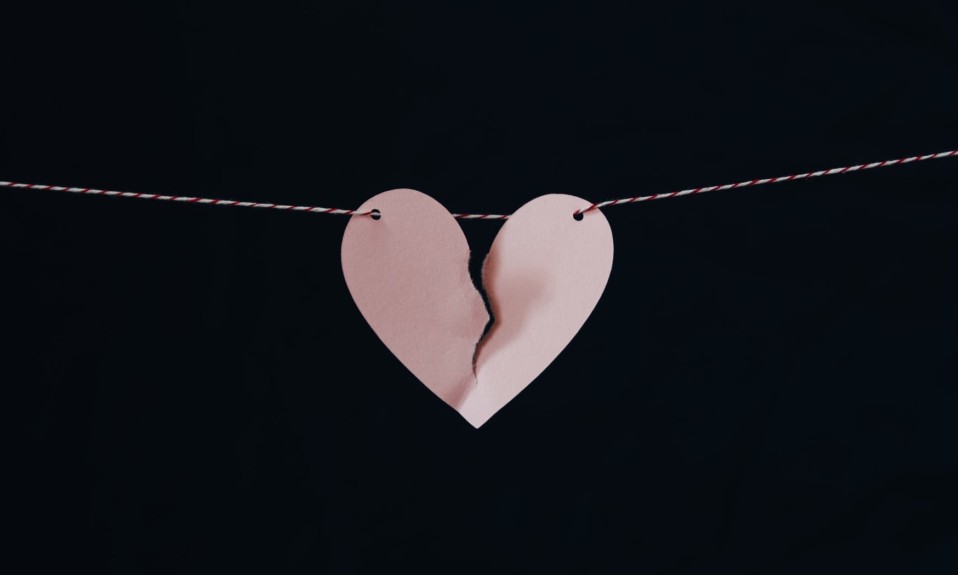SDA, a global community of substance-free partiers, uses a mix of music and mindfulness to help people find peace, love and understanding
By Veronica L. Holyfield
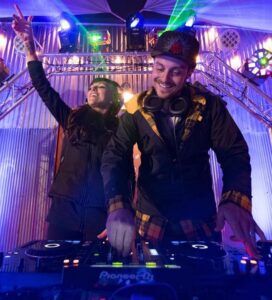
Partying has become synonymous with intoxication: pregaming while getting ready for a Saturday night out, drinking more liquid courage to hit the dance floor at the club, maybe dropping a hallucinogen so that you feel connected with your fellow partygoers, and then grabbing a massive California burrito with friends to cap off your awesome night. We can’t, however, ignore the massive hangover that confines you to your couch for most of the next day, and maybe paves the way for progressively worse hangovers and, finally, the trap of addiction.
What if there was a way to experience the same magical effects—the excitement of getting ready, the arrival at the club, the collective energy of the music mixing with the crowd, and the freedom of letting loose on the dance floor—without a single intoxicant? Secret Dance Addiction (SDA), substance-free DJs and event planners at the helm of a global community, believes it has that formula.
“We’re trying to get back to that primal connection people are looking for with music and a social community, and our goal is to take the attention off of the intoxicants and put it back where it belongs: on ourselves, on the people, on the story of the music, on the connection and on mindfulness,” says Mike Handby, who founded SDA with his wife, Ambie Handby.
The couple is all about creating experiences that liberate the party scene from mind-altering chemicals and allow the music to do the work. From folks who are in recovery from substance misuse to sober-curious people to those who just want to have fun without the temptation of drugs or alcohol, all are welcome at SDA parties.
“Secret Dance Addiction was born out of the idea that the opposite of addiction is not sobriety—the opposite of addiction is connection,” Mike says. “So, we wanted to create a space where people could connect, support each other out of addiction and hopefully become more addicted to things like dance and each other, without the barriers of alcohol or drugs.”
Secret Dance Addiction Reimagines Nightlife
As two DJs who navigated the nightlife substance-free, Mike and Ambie found themselves faced with having to turn down alcohol on a constant basis, whether it was saying no to a single drink or saying no to booze that was offered as payment for their DJ services. SDA is a way for them to give themselves—and their SDA community—something different: healthy partying.
I would love to see healthy nightlife normalized, like festivals having whole areas that serve nonalcoholic drinks.”—Ambie Handby
“Intoxicants aren’t invited to the party, and we just don’t tolerate it. It hurts our friends, and we want people to feel healthy, happy and excited, no matter if they’re in recovery or not. It’s all about party positive, bringing your best energy and living your best life,” Ambie says.
SDA is looking to shatter the stigma and shame that are still attached to addiction and recovery. It is a safe space where folks can tap into the communal power of music. Secret Dance Addiction events take place both virtually and in live settings such as block parties. On June 26, for example, an SDA party is planned as part of the opening of Colorado’s first sober bar, Awake Denver.
“We want those things [addiction and recovery] to be something that’s healthy to talk about, and have them be normalized in order to do that,” Ambie says.
We need to turn down to zero and experience that silence, even if it might feel uncomfortable. This is what meditation is all about, and that’s also what DJing and dancing is all about.”—Mike Handby
SDA seeks to create an experience of mindful partying. The key to that, Mike says, is to “turn down before they turn up.” Before each dance party, there is a guided meditation led by someone in the recovery community as a way to bring people outside of the chaos of life, expectations, responsibilities and technology such as mobile devices.
“We need to turn down to zero and experience that silence, even if it might feel uncomfortable,” says Mike. “This is what meditation is all about, and that’s also what DJing and dancing is all about. It’s letting it hit zero, and then within that same space—that same party—we can turn it all the way back up to 10. Having that dynamic in your life is so key.”
Finding Peace Through Partying

Even if it’s just for one night, SDA seeks to provide the space for both restful breath and amped-up partying.
“Deep inside all of us, we’re really looking for that inner connection to self,” Ambie says. “That’s the spiritual basis for Secret Dance Addiction. At the parties, we really just want to break down the barriers between different types of people and just dance and come together. It can have a spiritual purpose, because I think that’s what people are really actually thirsty for: spiritual purpose and that next-level connection.”
It’s a simple formula, really: mindful meditation, getting freaky on the dance floor, and then being safely tucked away in bed by 9 p.m. (without a wicked hangover awaiting you the next morning). Secret Dance Addiction is based on the notion that a healthy-nightlife movement is afoot.
“I would love to see healthy nightlife normalized, like festivals having whole areas that serve nonalcoholic drinks,” Ambie says. “Or more people dancing with us and really questioning anything that doesn’t serve them, and letting that philosophy bleed off the dance floor into their daily lives. That would be the ultimate goal.”
Second photo from top: Sean Lara Photography; other photos: Pexels


